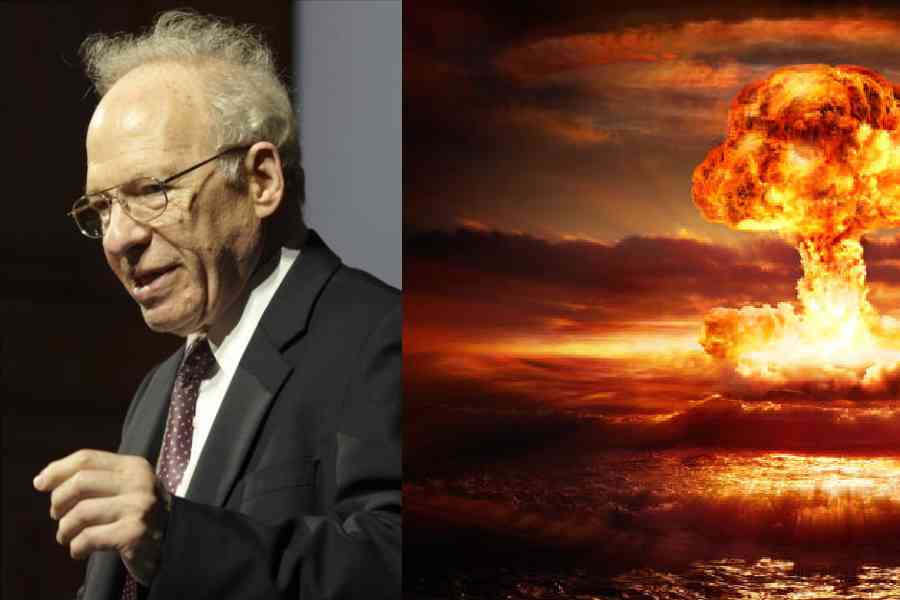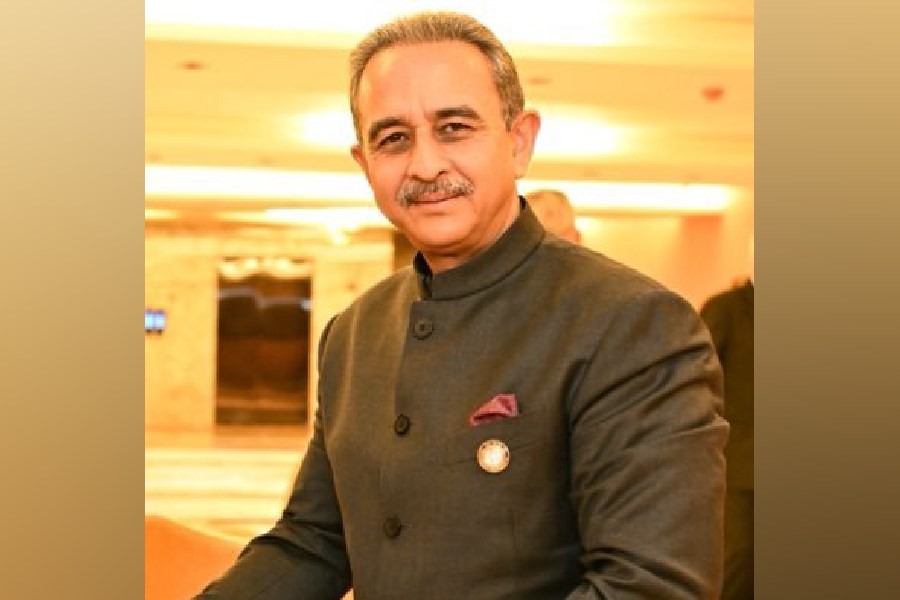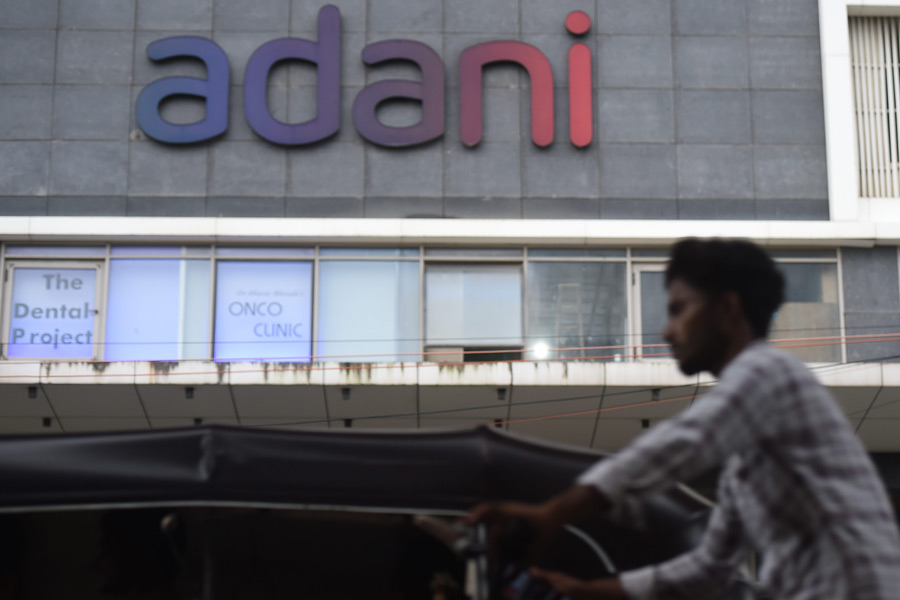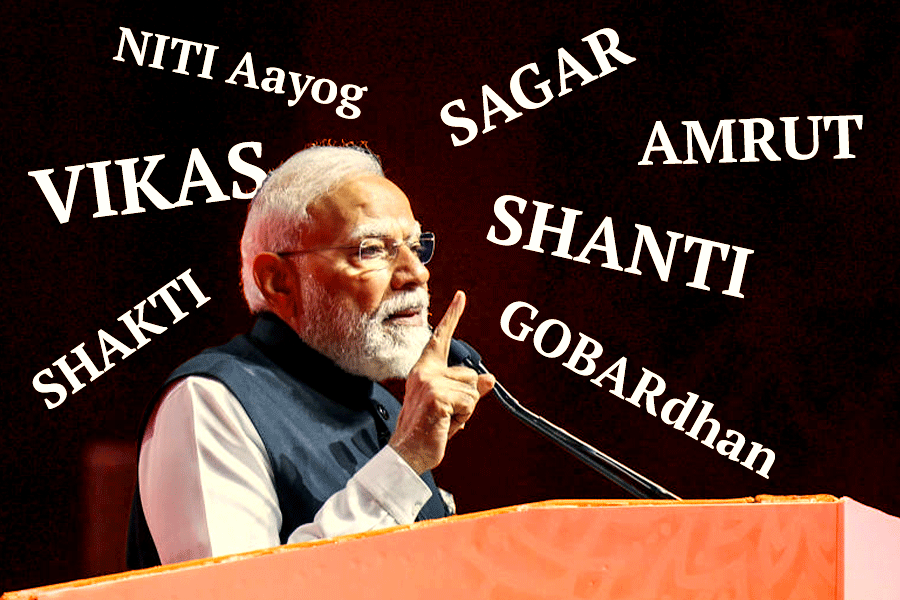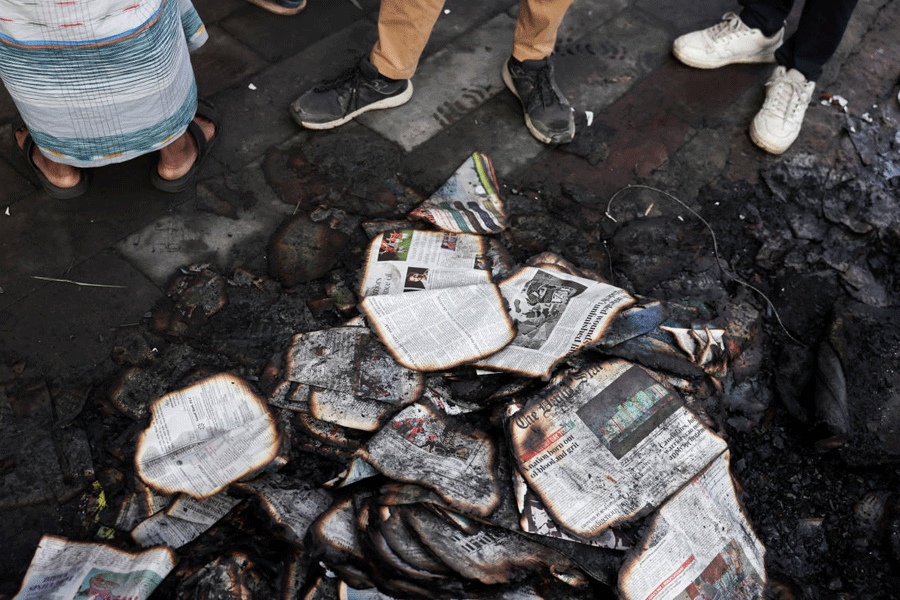Enrico Fermi’s battle with cancer was nearing its end in late 1954 when he received a visitor.
Fermi, a Nobel laureate in physics, had fled fascism in Europe and become a founder of the nuclear age, helping bring the world’s first reactor and first atomic bomb to life.
The visitor, Richard L. Garwin, had been Fermi’s student at the University of Chicago in the US, the laureate calling him “the only true genius I have ever met”. Now, he had done something known at the time only by Fermi and a handful of other experts. Not even his family knew. Three years earlier, the boy wonder, then 23, had designed the world’s first hydrogen bomb, which brought the fury of the stars to Earth.
In a test, it had exploded with a force nearly 1,000 times as powerful as the atomic bomb that levelled Hiroshima, its power greater than all the explosives used in World War II.
To his reverential student, Fermi confided a regret. He felt his life had involved too little participation in crucial issues of public policy. He died a few weeks later at 53.
After that visit, Garwin set out on a new path, seeing nuclear scientists as having a responsibility to speak out. His resolve, he later told a historian, came from a desire to honour the memory of the scientist he had known best and admired most.
“I modelled myself to whatever extent I could after Fermi,” he said.
Garwin, the designer of the world’s deadliest weapon, died May 13 at age 97, leaving behind a legacy of nuclear horrors he devoted his life to countering. But he also left a strange puzzle. Why for a half-century did he hide what Fermi and a dozen presidents knew? It was a topic I discussed with him this January in an interview, the last of many.
That bomb wasn’t the only feat driven by Garwin’s prodigious intellect. He made basic discoveries about the structure of the universe, laid the groundwork for wonders of health care and computers, and won many awards. He pushed back frontiers in astronomy, physics, superconductors, orbital reconnaissance and a multitude of other topics he investigated, often at the US government’s behest.
But what drove him, what made him eager to advise presidents, was not his gift for coming up with marvels of discovery and innovation but, courtesy of Fermi, a personal crusade to save the world from his own creation.
While eager to counter his brainchild, Garwin took no personal or moral responsibility for bringing the H-bomb into existence. Its birth, he argued, was inevitable.
“Maybe I sped up its development by a year or two,” he said in 2021. “That’s all.” Historians of the age tend to agree.
Garwin showed a knack for teamwork and generosity with peers he respected. Over decades, the physicist worked hard to advance the hunt for gravitational waves — ripples in the fabric of space-time that Albert Einstein predicted. He supported the construction of costly detectors, which, in 2015, successfully observed the ripples, opening a new window on the universe. Garwin beamed with pride when the finding won a Nobel Prize.
So too, Garwin managed to walk a tricky path through the nation’s military-industrial complex, which crushed Robert Oppenheimer and coddled Edward Teller, an early proponent of hydrogen bomb research. For decades, he criticised the complex from within, promoting some ideas and undermining others, using his intellect and standing as a knowledgeable insider to shake things up — often anonymously.
“The most influential scientist you’ve never heard of” is how his biographer cast him.
In our last interview, Garwin said he worried that talkative family members might inadvertently bring him to the attention of foreign intelligence agencies eager to learn H-bomb secrets. That concern, he added, haunted him even after his role became known publicly.
“I still worry about that,” he said at his home in Scarsdale, New York. He glanced out the window.
“They could be listening now.”
NYTNS

